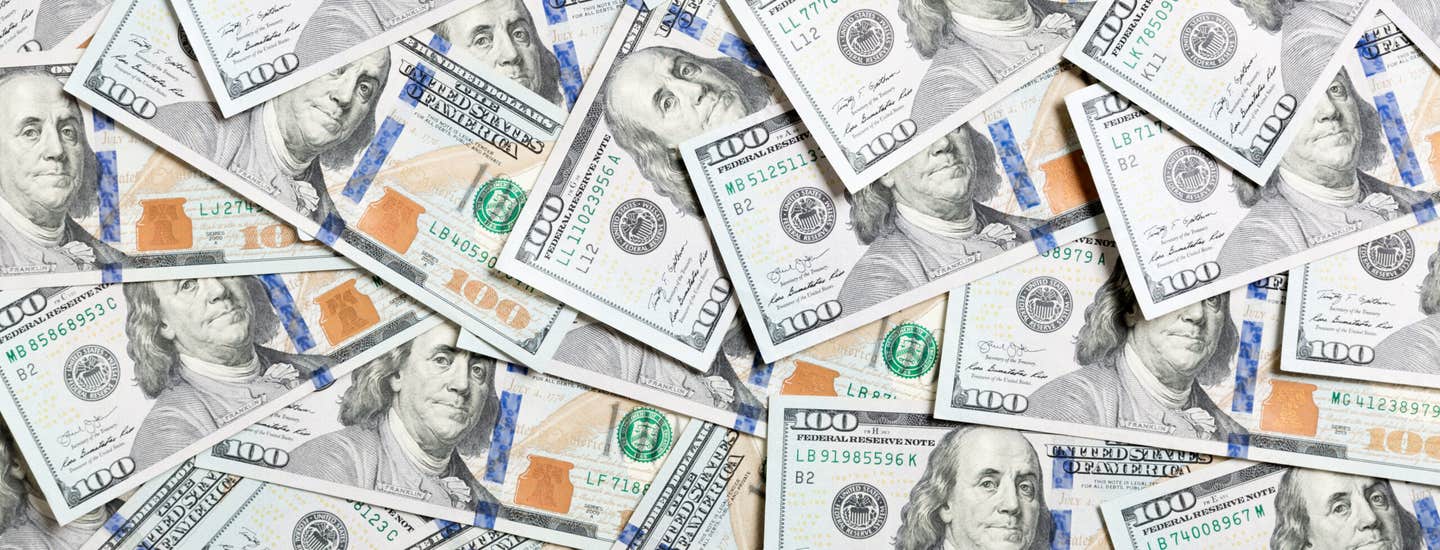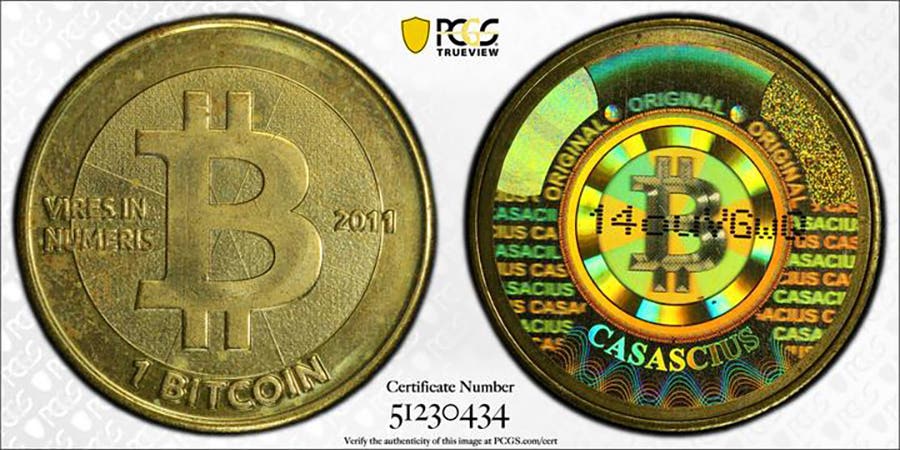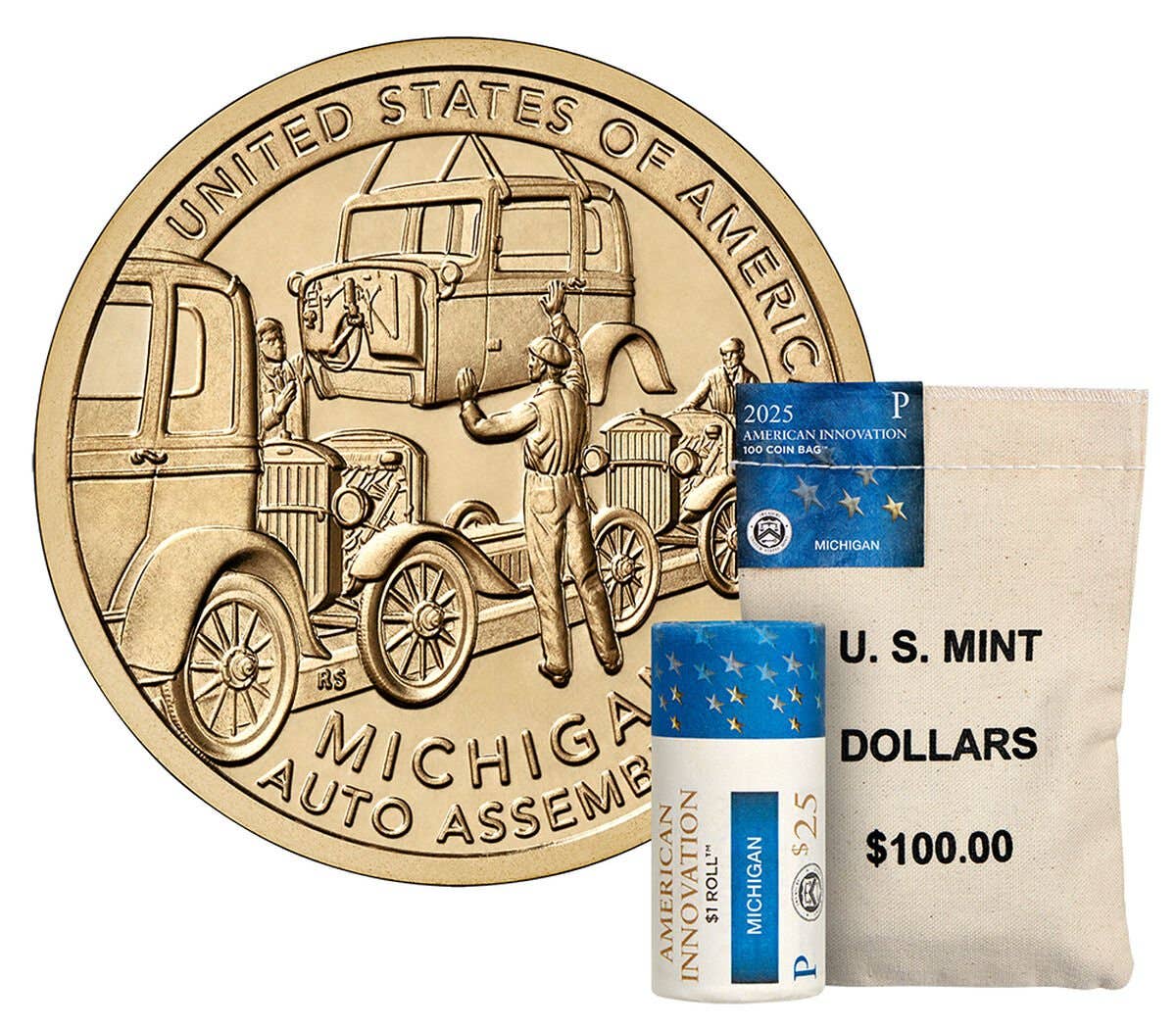Salmon Chase’s Legacy on America’s Money
Few people have influenced America’s monetary system as much as Salmon P. Chase (1808-1873). But most numismatists do not realize the full extent of his influence. Chase had an interesting…
Few people have influenced America’s monetary system as much as Salmon P. Chase (1808-1873). But most numismatists do not realize the full extent of his influence.
Chase had an interesting political career. In 1840, he was elected to the Cincinnati, Ohio, City Council as a candidate of the Whig party. He soon left the Whigs to be the leader of the Liberty Party in Ohio. In 1848, he was one of the leaders who formed the Free Soil Party and served as a U.S. Senator from 1849 to 1855 as a member of that party. Toward the end of his Senate career, he switched to the newly formed Republican Party and won election as Ohio’s governor as the party’s candidate.
He unsuccessfully sought the Republican nomination for president in 1860. In 1868 he changed his affiliation to the Democratic Party but was unsuccessful in seeking that party’s presidential nomination that year. While still a Democrat, he made another unsuccessful bid to be the Republican party’s presidential nominee in 1872.
After Abraham Lincoln was elected president, he appointed Republican Senator Salmon Chase (March 4-6, 1861) as his Secretary of the Treasury. In this position, Chase was a strong advocate that the U.S. government begin to issue currency not redeemable on demand for gold or silver. This was done as a means for the federal government to issue bonds to finance the costs of the Civil War. Demand notes, the first-ever paper money issued by the U.S. government, debuted in 1861, followed by Legal Tender Notes in 1862 (commonly called Greenbacks because they were not backed by gold or silver). Chase placed his own image on the $1 Legal Tender Notes, Alexander Hamilton on the $2 denomination and Abraham Lincoln on the $10 Legal Tender Notes.
Later, Chase again had his image used on the front of the $10 Interest Bearing One-Year Notes in 1863 and the $10 Compound Interest Treasury Notes in 1864.
In 1863, Chase directed U.S. Mint Director James Pollock to create designs for coins that bore the motto “In God We Trust.” The Coinage Act of 1864 gave Chase the authority to include this phrase on 1-cent and 2-cent coins. The 2-cents denomination debuted in 1864, the first to carry this motto. Since 1938, all U.S. coins are required to include this motto in the design. A 1955 law required that U.S. currency also include the motto, which appeared on every currency issue by 1966.
The above information is familiar to many American numismatists, but Chase was not done leaving his legacy on America’s money. In June 1864, Abraham Lincoln accepted Chase’s fourth offer to resign as Treasury Secretary. Four months later, Supreme Court Chief Justice Roger Taney died. Lincoln nominated Salmon Chase as his replacement on Dec. 6, 1864, and was confirmed by the Senate on the same day.
In 1870, the case of Hepburn v. Griswold (65 U.S. 603) came before the Supreme Court. It challenged the constitutionality of some provisions in the legal tender acts under which Chase managed to get the authority to issue currency not redeemable on demand for gold and silver. Chase did not recuse himself from the case (which should have been automatic as he was passing judgment on his own actions in 1861). He voted with the 5-4 majority in this case that some of what he had done was, in fact, unconstitutional.
Therefore, the U.S. government immediately ceased issuing any more paper money not redeemable on demand for gold or silver – right?
As we all know, the U.S. government continued issuing unbacked currency right up to today. How did this happen?
Two new justices were soon appointed to the Supreme Court. A new round of legal tender cases came before the Court (Legal Tender Cases, 79 U.S. 457). This time the 5-4 majority reversed the prior decision, though Chase wrote a strong minority dissent.
Chase’s death in 1873 did not end his impact on America’s monetary system.
In 1877, John Thompson, who had previously helped found the predecessor to today’s Citibank, founded Chase National Bank, naming the bank in honor of Salmon Chase. A 1955 merger changed the bank’s name to Chase Manhattan. Then, in 2000, this bank merged with private banker J. P. Morgan to become JPMorgan Chase Bank.
From 1928 to 1946, $10,000 Federal Reserve Notes were issued that bore the portrait of Salmon Chase. Appropriately, these notes were not redeemable on demand for gold or silver.
Just imagine how America’s money might be different today if Salmon Chase had never lived.
Patrick A. Heller was honored as a 2019 FUN Numismatic Ambassador. He is also the recipient of the American Numismatic Association 2018 Glenn Smedley Memorial Service Award, 2017 Exemplary Service Award, 2012 Harry Forman National Dealer of the Year Award and 2008 Presidential Award. Over the years, he has also been honored by the Numismatic Literary Guild (including twice in 2020), Professional Numismatists Guild, Industry Council for Tangible Assets and the Michigan State Numismatic Society. He is the communications officer of Liberty Coin Service in Lansing, Mich., and writes Liberty’s Outlook, a monthly newsletter on rare coins and precious metals subjects. Past newsletter issues can be viewed at www.libertycoinservice.com. Some of his radio commentaries titled “Things You ‘Know’ That Just Aren’t So, And Important News You Need To Know” can be heard at 8:45 a.m. Wednesday and Friday mornings on 1320-AM WILS in Lansing (which streams live and becomes part of the audio archives posted at www.1320wils.com).








